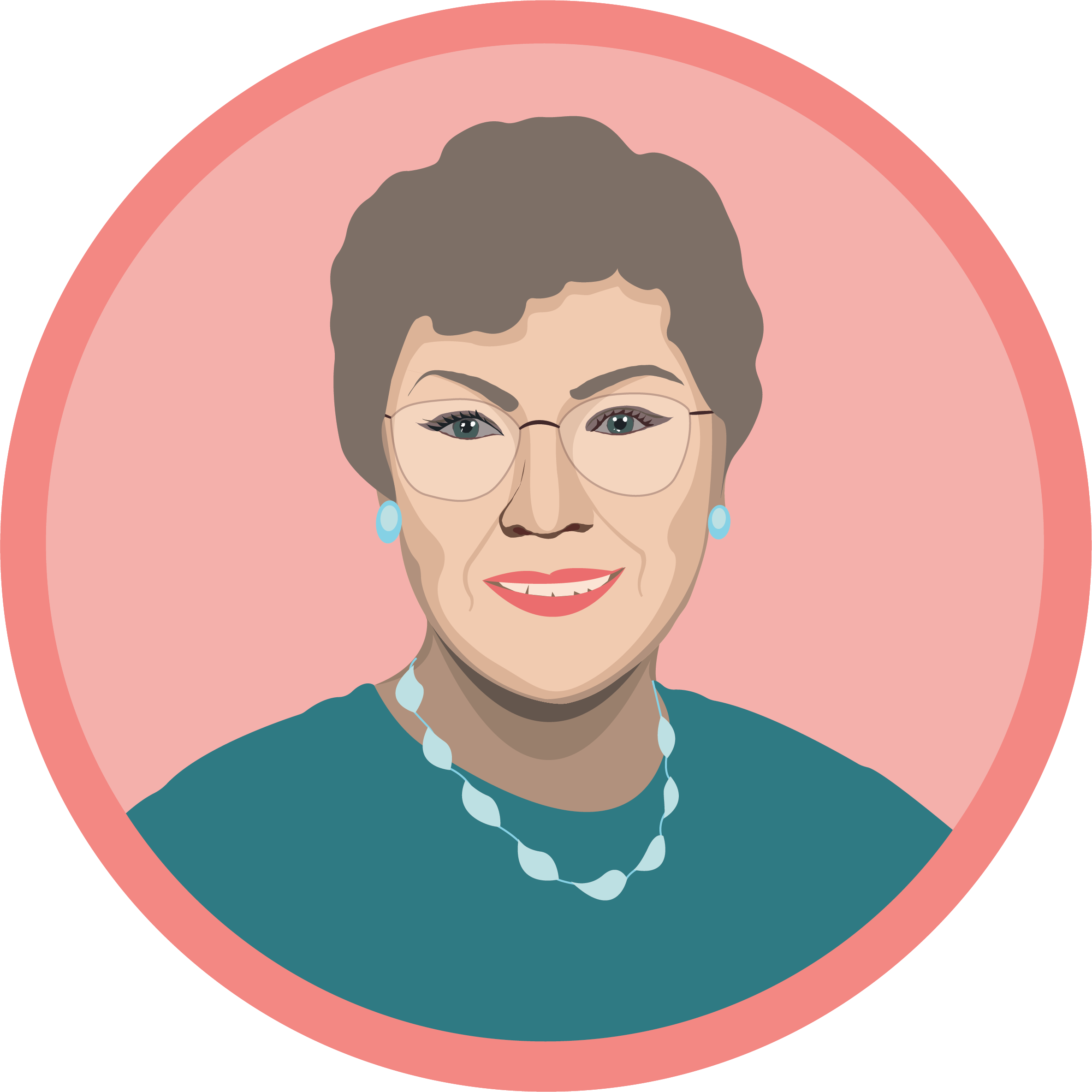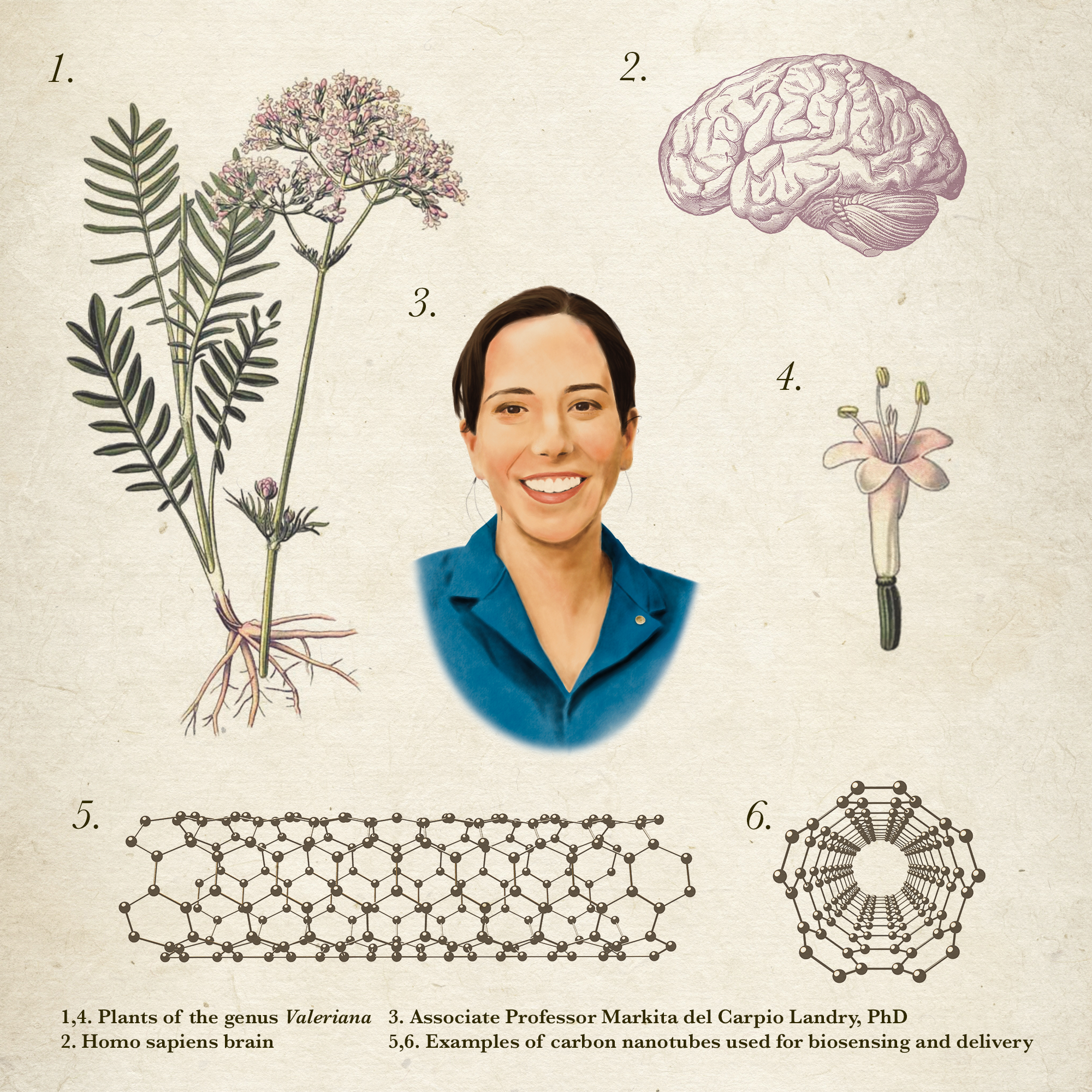
The periodic table is a touchstone of science and a recognizable visual image in our culture, yet few may know that the table as we know it has largely been shaped by the work of Dr. Darleane Hoffman. Dr. Hoffman has contributed to numerous landmarks in science. Her incredible efforts include discovering the first isotope of plutonium existing in nature, as well as being among the first to study elements 104 through 108. Dr. Hoffman began working at UC Berkeley in 1984 after a distinguished career at Los Alamos National Lab (LANL). “It was a time of exciting, groundbreaking, active research on the chemistry of the heaviest elements,” says Dr. Philip Wilks, a former graduate student of Dr. Hoffman’s. Dr. Hoffman is currently a professor (emeritus) in the College of Chemistry, who is still being recognized for her past contributions to research and mentorship of students.
Dr. Hoffman has been a trailblazer and role model for women in science over the course of her career. Initially an art major at Iowa State University, she changed her focus to chemistry due to the guidance of a Nellie Naylor, a female professor in the department. After receiving her doctorate from Iowa State University in 1951, she completed a one-year stint at Oak Ridge National Lab before continuing onto LANL. At LANL, Dr. Hoffman made history by becoming the first female head of a scientific division. She made history again after moving to the University of California, Berkeley, where she became only the second woman to receive tenure in the chemistry department. During Dr. Hoffman’s time at UC Berkeley and Lawrence Berkeley National Lab, she advanced the field of nuclear and radiochemistry while running an active research group.
The impact of Dr. Hoffman’s career on science is profound. For example, the scientific community long believed that no transuranic element (like plutonium) existed in nature. Dr. Hoffman dispelled that belief with her discovery of natural plutonium (plutonium-244) in a mineral deposit dating back several billion years. She made valuable discoveries in the field of nuclear chemistry about fission, spearheaded research on many actinides and super heavy elements—including plutonium, dubnium, lawrencium, and fermium—and was among those to discover element 106, seaborgium. This work was extremely challenging and rare because these elements break down, or decay, so rapidly that they can be hard to isolate for study. Yet isolate them she and her team did, leading to the new discovery that some elements, like fermium, can split spontaneously! In 2002, Dr. Hoffman was named as one of the 50 most important woman in science by Discover magazine.
Beyond the lab, Dr. Hoffman is also highly regarded as a mentor. “She cares deeply about her work and her students. I am forever grateful that she allowed me to pursue research under her direction, and that she allowed us such independence in the laboratory,” says Dr. Philip Wilks. Dr. Hoffman served as an advisor for 19 doctoral students, three master students, and numerous undergraduates and postdoctoral fellows. Dr. Philip Wilks describes the collaborative environment that Dr. Hoffman fostered, saying that “the group was a pretty effective team, all working together on everybody’s projects” and that “Darleane promoted doing research at our collaborator’s institutions (Germany and Switzerland), which greatly broadened my scientific experience early.”
For her work as an educator and researcher, Dr. Hoffman has received numerous awards. While the list is long, there are a handful of accolades that stand out. As an active member of the American Chemical Society (ACS), Dr. Hoffman was the first female recipient of the society’s Award for Nuclear Chemistry (1983) and the second woman to receive the ACS’s highest honor, the Priestly Medal (2000). The president of the United States has recognized her contributions on multiple occasions. In 1997, Dr. Hoffman was awarded the US National Medal of Science. Earlier this spring, she received the Enrico Fermi Presidential Award for her “advanced efforts to tackle some of the world’s greatest challenges,” as describes Arati Prabhakar, the assistant to the president and director of the White House Office of Science and Technology Policy.
Dr. Darleane Hoffman ran a remarkable research program, making historical discoveries and mentoring chemists along the way. The work she did led to multiple awards and international recognition. Dr. Hoffman is a loved member of the University of California, Berkeley community and continues to be an inspiration to the next generation of scientists.
This article is part of the Fall 2023 issue.





